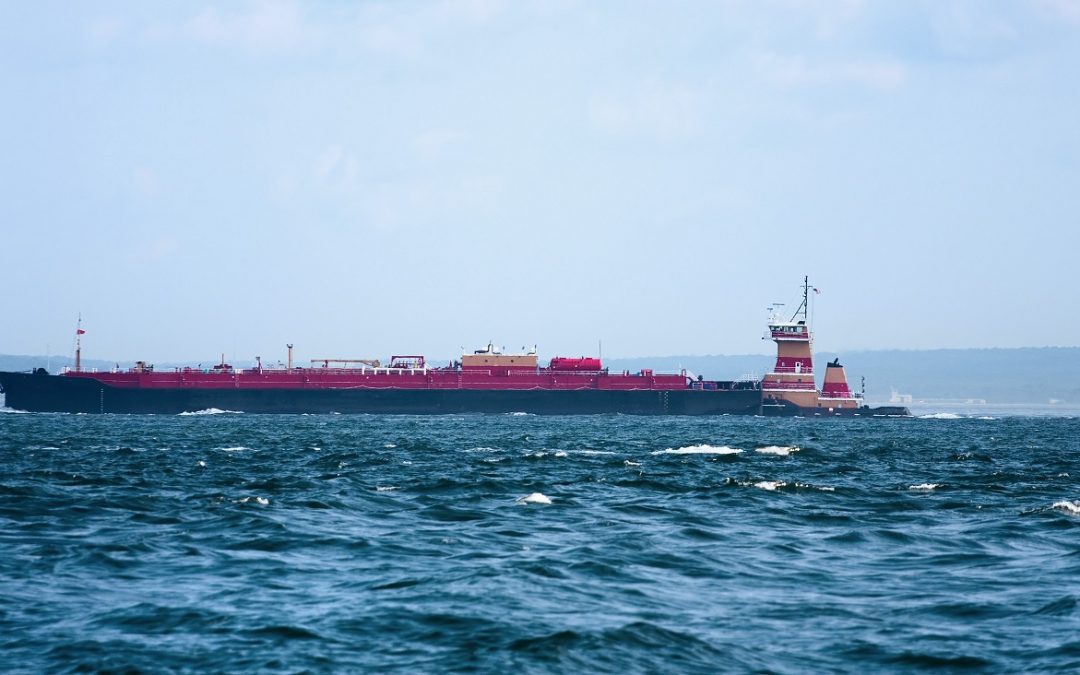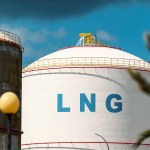Wärtsilä working with Canada’s Seaspan has completed the first of two planned installations of an autodocking system being deployed for three ports in Canada. The companies said it is a significant step towards autonomous docking and undocking operations, which will make maritime activities safer and more efficient.
The commissioning of the Seaspan Trader cargo vessel has just been completed. Built in 2020, the vessel is a 2,550 dwt Ro/Ro that transports up to 59 trailers between the Canadian mainland terminals and Vancouver Island. The vessel was already recognized for innovation as it is a battery hybrid ferry outfitted with a battery power system from CORVUS. Her sister ship, the Seaspan Transporter is scheduled to be commissioned in late 2023/early 2024 also with the SmartDock system.
Wärtsilä ANCS (Automation, Navigation & Control Systems) received the assignment in 2021. According to the companies, the SmartDock system developed by Wärtsilä ANCS will enable the Seaspan cargo ships to perform autonomous docking maneuvers. The assignment included the track development for autodocking at Tilbury, Duke Point, and Swartz Bay ports in Canada.
“Wärtsilä ANCS is excited to continue supporting Seaspan and build on an already strong working relationship. We look forward to the potential implementation of the SmartDock product across some other vessels in Seaspan’s ferry fleet, further advancing the automation and efficiency of maritime operations,” commented Klaus Egeberg, Director, Dynamic Positioning, Wärtsilä ANCS.
Among the benefits they are highlighting for the system is the ability to maneuver in challenging conditions, such as currents reaching up to two knots. With its advanced technology, SmartDock guarantees consistent, safe, and predictable docking and undocking maneuvers, reducing the need for intensive interaction from the vessel’s captain.
According to the company, the SmartDock system employs an advanced UKF (Unscented Kalman Filter) estimator, combining sensor measurements from various sources, such as GNSS (Global Navigation Satellite System) and Wärtsilä ANCS’s laser sensor Cyscan AS, to calculate precise position and rate estimates of the vessel’s motion. This data is then compared to a preprogrammed ideal trajectory of the vessel, and the advanced controller allocates thrust and steering commands, ensuring safe and consistent autonomous docking and undocking maneuvers.
Similar technology has also been tested in Japan where they are also working to advance automation. The Japanese project demonstrated autonomous docking with a passenger ferry and cargo ships and has also tested using drones for line handling.
Source: The Maritime Executive





